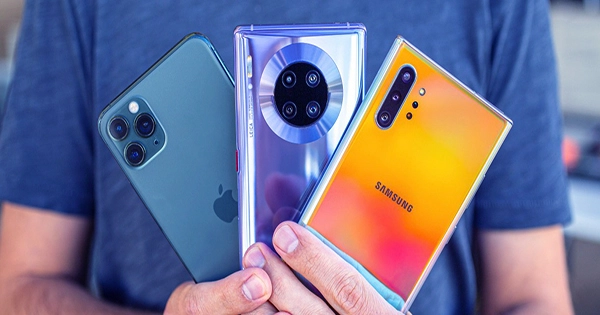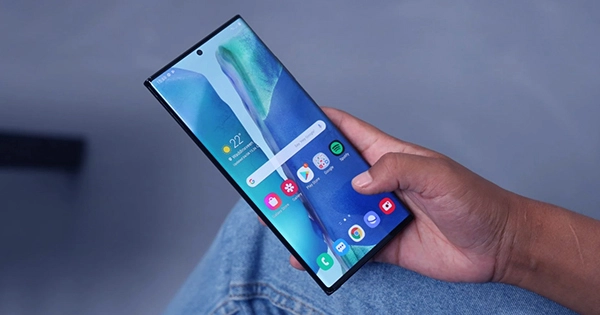I’ll admit that when Samsung originally announced the Note, I was skeptical. And I wasn’t the only one in the crowd at the Berlin Messe that IFA. In a year when the average screen was just over 3.5 inches, the 5.3-inch display seemed impossibly enormous. The stylus adorned the phone as if it were a vestigial organ from the days of the Palm Pilot, which we’d collectively (and joyfully) moved away from. Samsung correctly brings out such mistrust in relation to other recent gadgets that faced similar criticism at the outset. Faced with new advancements like foldable displays, it’s something I think about a lot. If you spent your time betting on new innovations failing, you’d have a very good track record.
It’s in the nature of the beast — and the bizarre industry we’ve found ourselves in. The risk of a faceplant increases as the innovation becomes more extreme. However, by every rational criteria, the Note was a success. The business announced that it has sold 10 million devices nine months after its launch. It aided in the injection of new ideas into a category that had begun to feel stagnant 4.5 years after the introduction of the first iPhone. It saw Samsung experimenting with new methods to embrace the concept of a mobile-first virtual workplace in a post-Blackberry world, and it ushered in the phablet age.

With the debut of the 4.7-inch iPhone 6, even Apple had to accept that the age of celebrating 3.5/4-inch as some kind of platonic screen size ideal had come to an end. Of all, not all of the Note’s improvements were game-changing. Following the product’s release, there was a time when it seemed like the stylus was having a moment. On the smartphone form factor, the input device may have been unfairly criticised. Several manufacturers tried them out, but larger pens created expressly for tablets proved to be significantly more successful.
Regardless of broader trends, the Note clung to the S-Pen until the very end. As Samsung blurred the lines between the Galaxy Note and the Galaxy S range, it remained the only true difference, and in a terrible twist of irony, the smartphone S-Pen has now officially outlived the Galaxy Note as a brand. Ten years is a long time for a consumer electronics brand, especially for a business like Samsung, which has a reputation for changing its brand names frequently. Take a peek at the company’s tango with its low-cost flagship brand.
According to analytic firms, sales began to plateau — and even plummet — as the year progressed. Though the Note was far from alone in this regard. Even before the epidemic, the entire premium smartphone industry was suffering. People were simply not in the market to upgrade as soon as they once were. Premium phones were becoming more expensive while also being good enough to be kept for a few of years longer. Meanwhile, the Galaxy S range grew in size and, last year, added support for the S-Pen.
The Note, like many others during the Great Resignation, took a year off to reorganize. By 2022, Samsung had announced its foldable series to be its own flagship, providing still more proof that the Note would not be returning. The Note’s spirit abandoned its body when Samsung incorporated the S-Pen slot into the Galaxy Ultra 22, floating in the liminal realm of brands that are occasionally mentioned in passing in marketing materials.
That is to say, in a chat with a Samsung representative before to launch, they emphasized that the firm reserves the right to refer to capabilities like S-Pen note taking as a more abstract “Note experience.” The Note brand is stronger — or at least more readily identifiable — than the Galaxy S, as I stated at the time of the unveiling. Even if it’s only called the Galaxy S22 Note, Samsung should preserve it.














